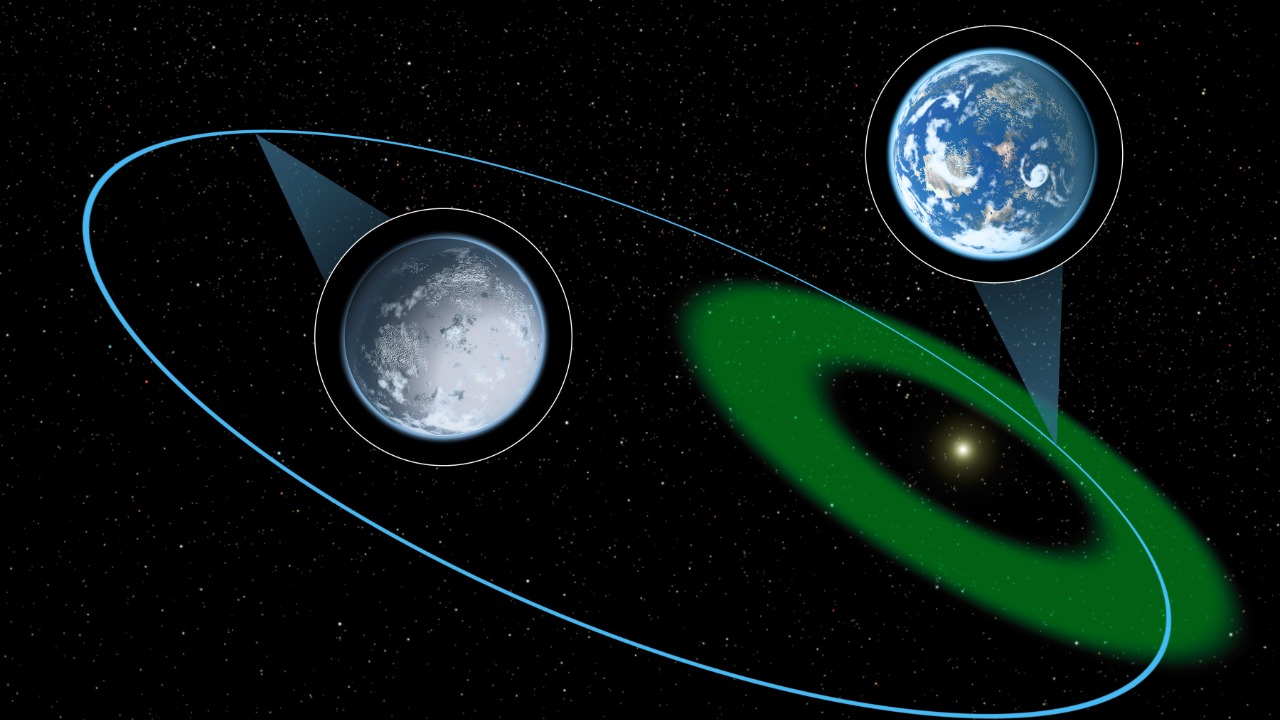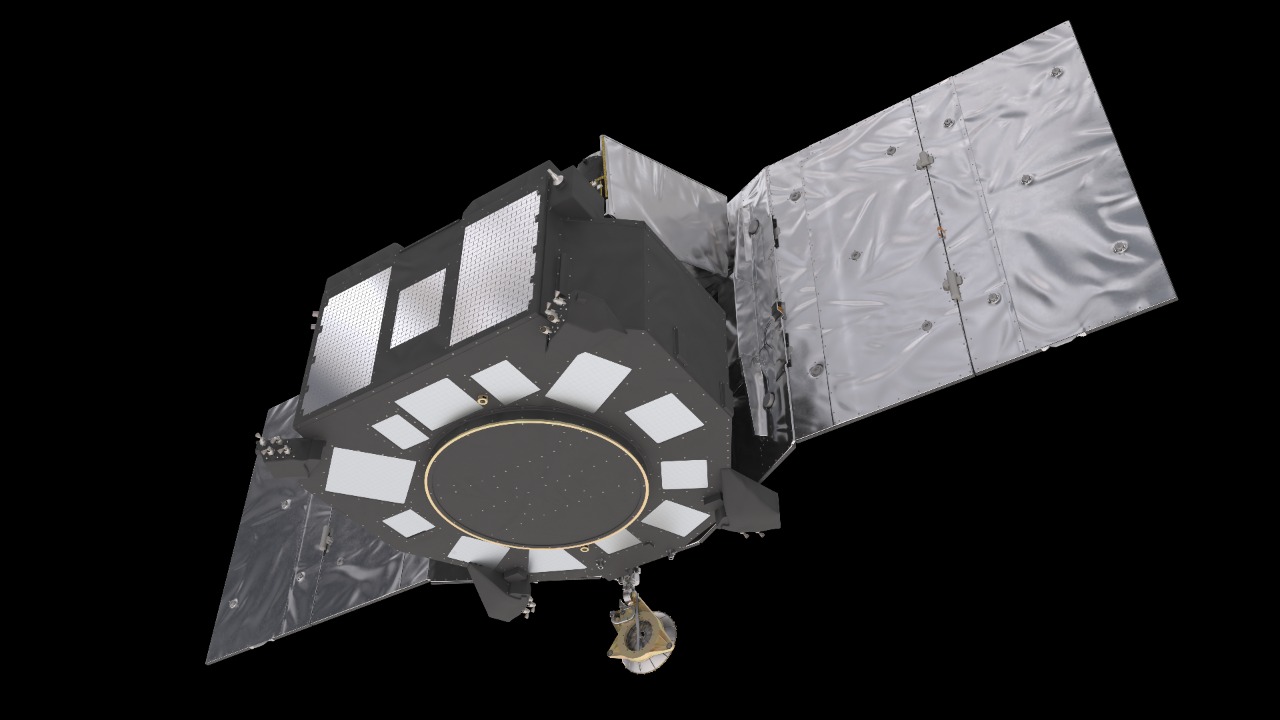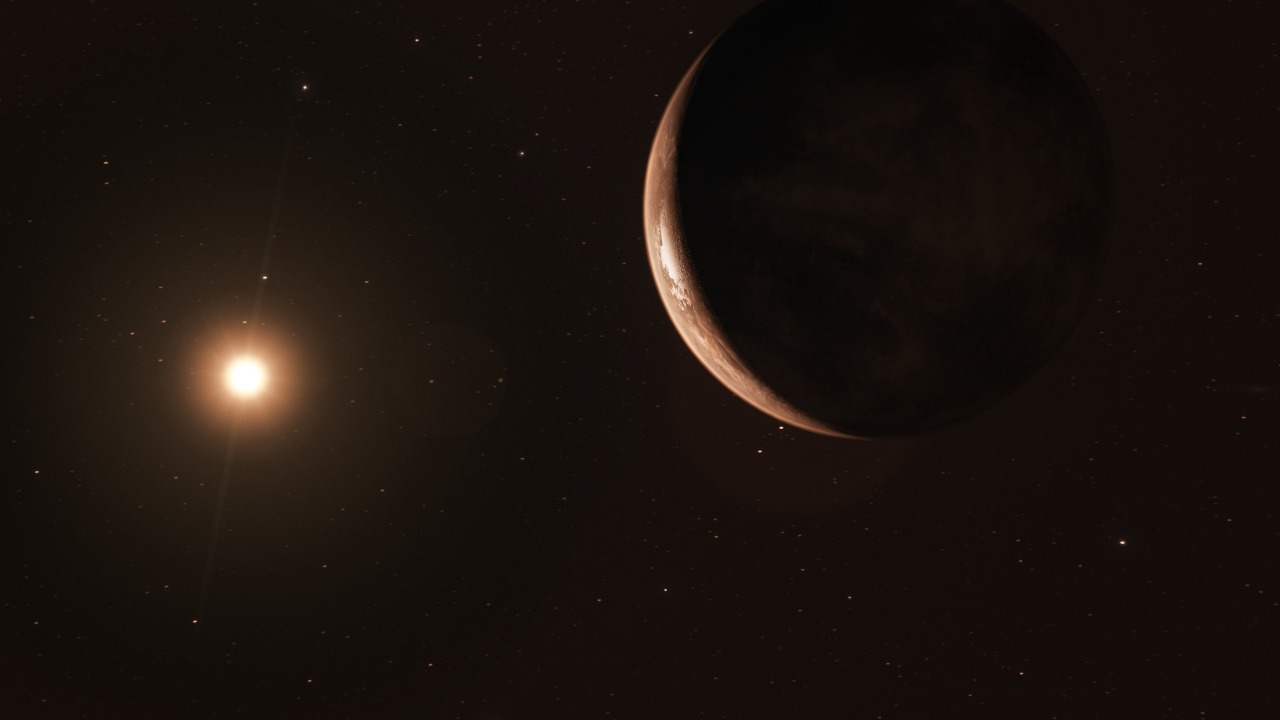
Recent discoveries of rocky exoplanets orbiting Barnard’s Star have invigorated scientific discussions about the potential for habitability beyond our solar system. These findings highlight the significance of rocky worlds in the search for life, offering promising new avenues for research and exploration.
The Fascinating Discovery of Rocky Worlds

The detection of rocky exoplanets around Barnard’s Star marks a significant milestone in the quest to find habitable worlds beyond our solar system. Using advanced techniques such as radial velocity and transit photometry, astronomers have been able to identify these planets with remarkable precision. Collaborative efforts involving international teams and cutting-edge technology have been crucial in this discovery. The use of instruments like the HARPS spectrograph and data from space telescopes has enabled scientists to measure minute changes in the star’s light, indicating the presence of orbiting planets.
The rocky exoplanets discovered around Barnard’s Star exhibit fascinating characteristics. These planets vary in size and composition, with some potentially similar in mass to Earth. Their orbital patterns suggest they might reside within the star’s habitable zone, where conditions could allow for liquid water. The composition of these planets, primarily rocky with possible atmospheres, enhances their potential for habitability. Such characteristics underscore the importance of rocky surfaces, which could provide stable environments conducive to sustaining life.
The implications of these findings are profound. The presence of rocky planets in a nearby star system raises the possibility of discovering life beyond Earth. As scientists continue to explore these worlds, the focus will be on understanding their atmospheres, climates, and potential biosignatures. The discoveries around Barnard’s Star offer a tantalizing glimpse into what future research might reveal, fueling the hope that we may one day find habitable environments beyond our solar system.
Barnard’s Star: A Cosmic Neighbor

Barnard’s Star is a fascinating celestial object situated just six light-years away from Earth, making it one of our closest stellar neighbors. This red dwarf is known for its rapid motion across the sky and its dimness compared to our Sun. Despite its relative obscurity and small size, Barnard’s Star has captured the attention of astronomers for decades. Its proximity and unique characteristics make it an ideal candidate for studying planetary systems and understanding the dynamics of exoplanets.
The historical significance of Barnard’s Star in astronomical research cannot be overstated. First observed in the early 20th century, the star has been a subject of speculation and study for generations. Its high proper motion was first noted by E.E. Barnard, after whom the star is named. Over the years, various attempts have been made to detect planets around Barnard’s Star, reflecting its enduring allure for astronomers. The latest discoveries are a testament to the advancements in observational techniques that have made it possible to detect small, rocky planets in its orbit.
The importance of Barnard’s Star in exoplanet studies is manifold. As a relatively close star system, it provides an excellent opportunity to test our theories about planet formation and evolution. The discovery of rocky planets around this star enhances its significance, as it offers a nearby laboratory for studying the conditions that might support life. Understanding the planetary system of Barnard’s Star could yield insights into the formation of planets in different stellar environments, contributing to the broader field of exoplanet research.
Criteria for Habitability in Exoplanets

When considering the habitability of exoplanets, several essential conditions must be met. The presence of liquid water is often cited as a key factor, as it is vital for life as we know it. An atmosphere that can regulate temperature and protect the surface from harmful radiation is also crucial. Furthermore, a planet’s temperature must fall within a range that allows for water to remain in liquid form, often referred to as the “Goldilocks zone.”
Rocky planets are prime candidates for habitability due to their solid surfaces, which can support stable environments. Unlike gas giants, rocky planets have the potential to host atmospheres and hydrospheres, providing the essential ingredients for life. Their geological features, such as volcanic activity and tectonic movements, can also play a role in sustaining a habitable climate. The rocky worlds orbiting Barnard’s Star present an exciting opportunity to explore these possibilities further.
Despite the promise that these exoplanets hold, numerous challenges remain in confirming their habitability. Detecting and analyzing the atmospheres of distant planets is a complex task, often requiring next-generation telescopes and spectrometers. Additionally, the vast distances involved make direct observation challenging. However, advancements in technology and continued research are gradually overcoming these obstacles, bringing us closer to understanding the conditions that might support life beyond our solar system.
The Future of Exoplanet Exploration

The field of exoplanet exploration is rapidly evolving, thanks to technological advancements that enhance our ability to search for habitable worlds. Recent developments in space telescopes, such as the James Webb Space Telescope and the upcoming European Space Agency’s PLATO mission, are poised to revolutionize our understanding of exoplanets. These tools offer unprecedented sensitivity and precision, enabling astronomers to probe the atmospheres and surface conditions of distant planets.
Several exciting missions and projects are on the horizon, focusing on exploring Barnard’s Star and its rocky planets. International collaborations, such as the NASA and ESA partnerships, aim to deploy space-based observatories and ground-based networks to monitor these exoplanets meticulously. The goals of these missions include identifying atmospheric components, assessing climate conditions, and searching for potential biosignatures. Such efforts will deepen our understanding of rocky worlds and their habitability potential.
As exploration continues, the potential discoveries around Barnard’s Star could have profound implications for our understanding of life in the universe. Each new finding brings us closer to answering the age-old question of whether we are alone. The pursuit of habitable worlds not only expands our scientific knowledge but also inspires humanity to consider its place in the cosmos. The quest to explore these rocky worlds is a journey of discovery that promises to redefine our understanding of the universe and our role within it.
Barnard’s Star in the Context of the Universe

The planets orbiting Barnard’s Star provide a fascinating point of comparison with other known exoplanets. While many exoplanets discovered to date are gas giants, the rocky nature of Barnard’s planets sets them apart. Their proximity allows for detailed studies that can reveal unique features and commonalities with Earth and other terrestrial planets. This comparative analysis enhances our understanding of planetary diversity and the factors that contribute to habitability.
Discoveries around Barnard’s Star significantly contribute to the broader search for life beyond Earth. By studying these rocky worlds, scientists can refine their models of planet formation and atmospheric evolution. The knowledge gained from Barnard’s Star can inform the search for habitable planets in other star systems, guiding future exploration efforts. As we continue to uncover the secrets of these distant worlds, we move closer to discovering the conditions necessary for life elsewhere in the universe.
The potential habitability of the planets orbiting Barnard’s Star carries profound philosophical and scientific implications. It challenges us to reconsider our place in the universe and the uniqueness of life on Earth. As we explore these distant worlds, we are reminded of the vastness of the cosmos